If individuals and their practices don’t work together on career development, the stagnating career paths of mid-level female architects could drive this talent away from the profession says Karen Fugle
In 2003, the RIBA report 'Why Do Women Leave Architecture?' said few training opportunities led to a lack of experience, lower levels of responsibility, poor career progression, falling confidence and an ultimate de-skilling.
Fast forward 15 years and the 2018 Randstad report 'Women in Construction: The Race to Gender Equality' found that almost three-quarters (73%) of women said they felt they had been passed over for projects because of their gender and not their skills.
Now, as we approach 2021 in a dramatically changing world where we need more than ever to stay resilient, optimistic, flexible and strategically-savvy, I question whether anything has really changed over the past two decades?
The results of my newly-published report, 'Women in Architecture: Self-Development and Career Advancement for Mid-Level Professionals', suggest the answer is simply no.
Little more than a quarter of the women I interviewed (27%) said they were 'very satisfied' with their career growth; only 14% of the respondents were 'very satisfied' with the speed of their career path; and in terms of prospects for leadership development compared to their male peers, these female architects felt overwhelmingly that they receive fewer opportunities.
However, the report also contains hope. A very favourable 82% of the interviewees said they took primary responsibility for their development - that it should be them getting the ball rolling for training opportunities.
Help from Senior Management
They'd appreciate some help from senior management though of course - and line managers should feel motivated rather than daunted by this. Other studies across a range of industries have shown that three-quarters of employees would take a course assigned by their manager, while a positive correlation has been identified between women whose managers provide career opportunities and women who are confident in their ability to lead and can therefore rise to the most senior levels.
So, what can we do, then? My advice is that there are a number of strategies we can adopt to help navigate the stalling terrain of the mid-level female architect.
Prioritise Self-Development
At heart, we know our self-development is our responsibility. The trouble is, we don't always prioritise it. What would improve matters is the dedicated mentoring, coaching or facilitated group support that provides space, time, support and accountability.
Structure via Self-Development Frameworks
Structure is also called for and where there is not an in-house Professional Development Plan template, women should consider creating a self-development framework. Set out key areas such as vision, values, strengths, performance metrics, key initiatives and critical relationships; plus the SIX primary focus areas for personal and professional development success, as selected by my interviewees: strategic thinking, communication, confidence, increasing network, resilience, and team leadership skills.
Provide the Time to Develop
Managers and HR can also play a part. The best thing a practice can do is give women the time they don't have, by providing self-development time during working hours. Managers can be more effective than they realise too, mainly by providing consistent support and providing a space where feedback and appreciation is encouraged. One of the most positive perceived effects of dedicated self-development time, along with opportunities and support, is higher self-esteem and confidence, a win-win for the individual and for the practice.
[First published in the Architect’s Journal on Nov 4th, 2020 HERE]

